Search
99142 SCC OF UNDERGROUND PIPELINES: A HISTORY OF THE DEVELOPMENT OF TEST TECHNIQUES
Also Purchased
01217 NEAR-NEUTRAL pH SCC: CRACK PROPAGATION IN SUSCEPTIBLE SOIL ENVIRONMENTS
Product Number:
51300-01217-SG
ISBN:
01217 2001 CP
$20.00
01592 100 mV POLARIZATION CRITERION AND EXTERNAL SCC OF UNDERGROUND PIPELINES
Product Number:
51300-01592-SG
ISBN:
01592 2001 CP
$20.00
02426 THE INFLUENCE OF SOIL CHEMISTRY ON SCC OF PIPELINES AND THE APPLICABILITY OF THE 100 mV POLARIZATION CRITERION
Product Number:
51300-02426-SG
ISBN:
02426 2002 CP
Publication Date:
2002
$20.00




